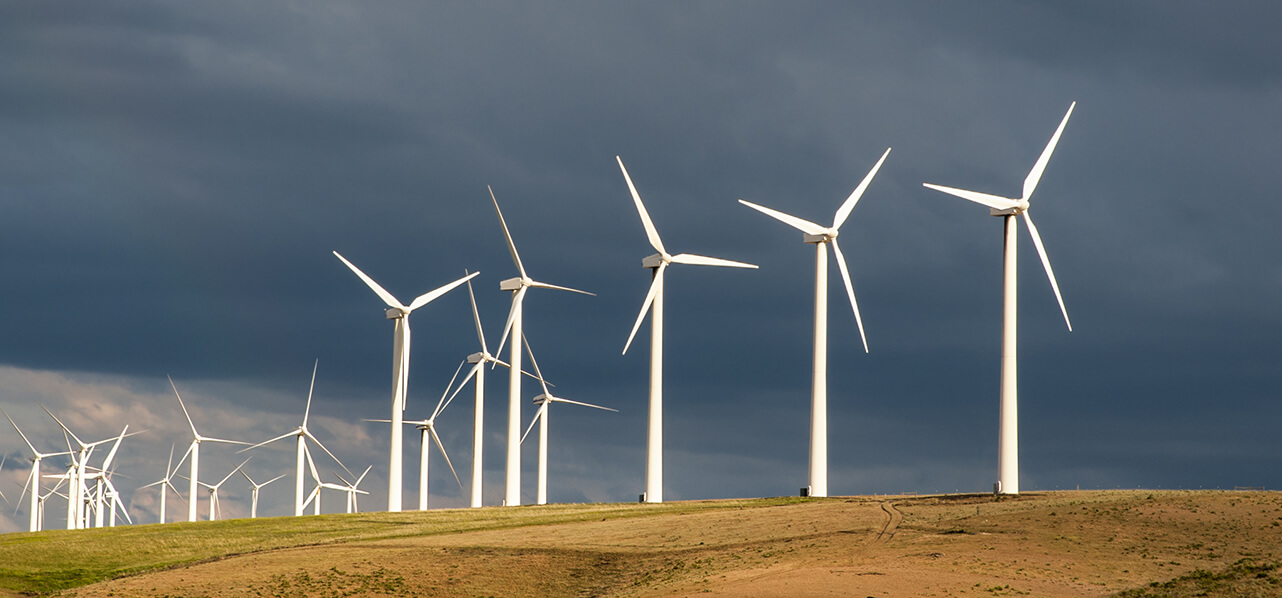In the first sector article of our Net Zero series, our team looks at what the UK’s Net Zero Strategy (“the Strategy”) means for industry stakeholders in the power sector. To read our introductory article on the Net Zero Strategy and an overview of the implications of the Strategy on the sectors outlined in the report, please click here.
What does the Strategy mean for your sector?
In the power sector, several of the key commitments should drive change, though it is likely that further policy development will be needed to give market participants certainty.
Key commitment: Take action so that by 2035, all our electricity will come from low carbon sources, subject to security of supply, bringing forward the government’s commitment to a fully decarbonised power system by 15 years.
This ambitious target must be considered against an anticipated 40-60% increase in electricity demand across industry, homes and businesses (paragraph 10). While this is a welcome goal, the detailed path to achieving it is unclear at present. The usual suspects are included within this element of the Strategy – nuclear, CCUS and flexible technologies such as interconnectors, electricity storage and demand-side response. The Strategy does stress the importance of reliability and the need to balance intermittent renewables, making investment in those flexible technologies a crucial element of any development path.





